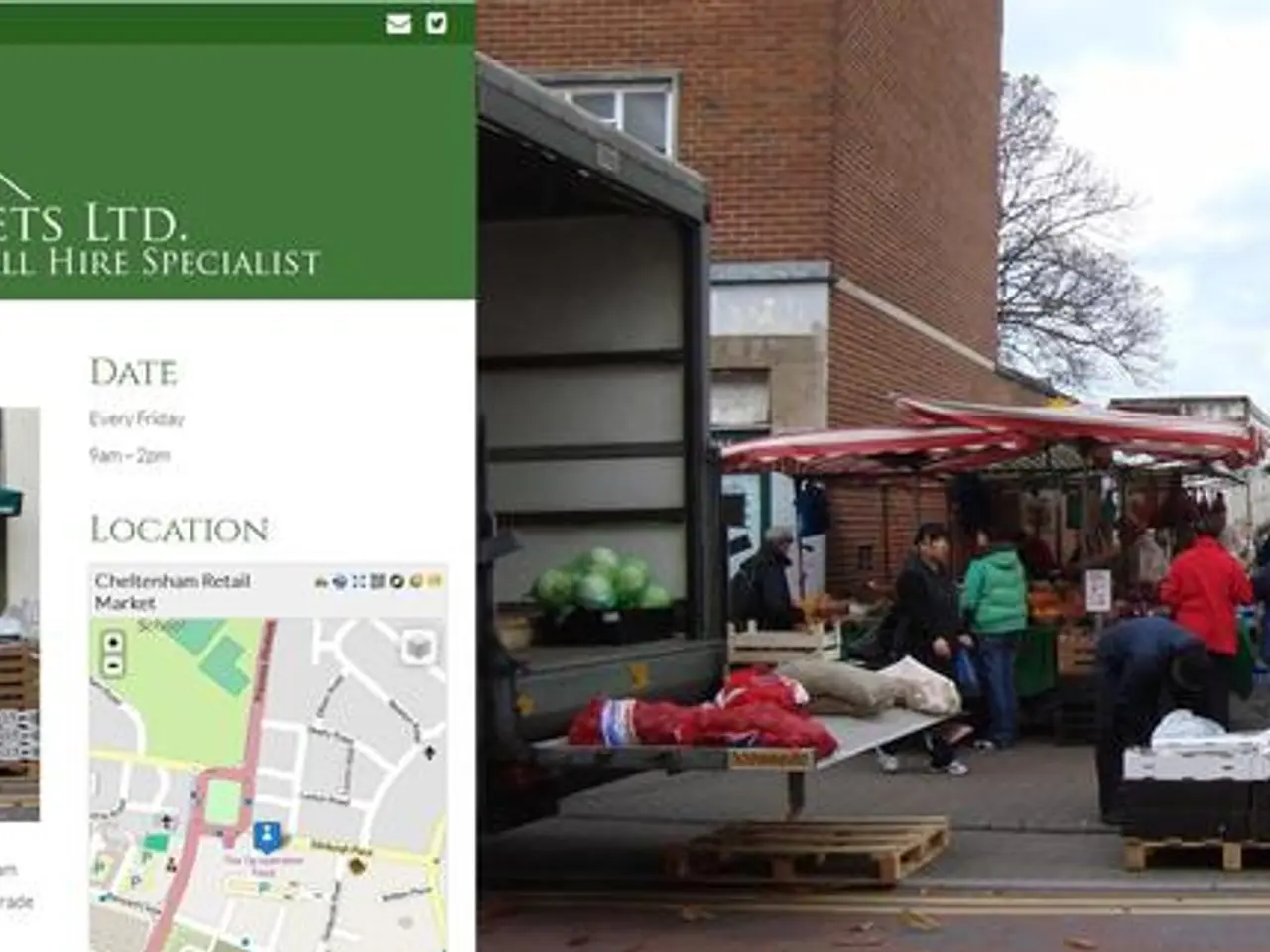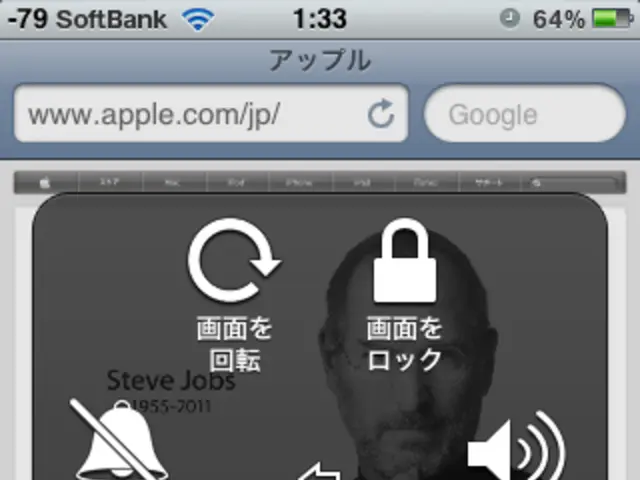Is Robinhood responsible for turning many into the affluent, or contributing to the impoverishment of the majority?
Robinhood Markets, the popular trading app provider, made its debut on the NASDAQ on July 29, 2025, under the ticker symbol HOOD[2][4]. Since then, the stock has experienced a rollercoaster ride, marked by significant volatility and multiple trading halts[2].
Initial Public Offering and Early Performance
Robinhood's shares were listed for $38 at the Nasdaq, lower than the hoped-for $42[1]. However, the stock quickly gained momentum and climbed to over $70 on August 3rd[1]. This early surge was followed by a sharp decline, with the stock losing more than 8 percent on the first trading day[1].
Volatility and Retail Interest
The stock's price has shown strong gains since then, reaching an all-time high of $117.70 on August 12, 2025[3]. As of August 18, 2025, Robinhood’s stock price closed at approximately $114.17, with a recent trading volume of $4.02 billion, ranking it 12th in market volume[1][5].
Analysts have mixed price targets for the coming months and years; forecasts suggest a potential decline to around $50 by 2028, but technical analysis currently indicates a "strong buy" signal based on recent price momentum[1][3].
Robinhood’s volatile pricing has been influenced partly by retail investor interest on platforms like WallStreetBets, which historically have sparked sudden surges in trading volume and price movements for certain stocks, though no explicit recent events tied to WallStreetBets are detailed in the results[4].
User Base and Controversies
Robinhood has attracted an estimated 22.5 million users since its founding in 2013, with over half of its users being first-time investors[1]. However, the company has faced criticism for encouraging inexperienced investors to engage in risky trades[1].
One of the most notable controversies arose earlier this year when Robinhood temporarily halted trading of GameStop stocks, leading to a backlash from users and a broader discussion about the role of financial platforms in shaping the stock market[1].
Before its IPO, Robinhood settled a dispute with the U.S. financial regulator by paying a $57 million fine[1]. The regulator had been monitoring Robinhood for allegedly misleading customers, lax controls on risky bets, and technical glitches[1].
In summary, Robinhood’s stock has performed strongly since its IPO with high volatility and strong retail interest, currently trading around $115 with positive short-term technical ratings, but longer-term price forecasts suggest possible pullbacks[1][3][5].
- The retail interest on platforms like WallStreetBets has played a role in the volatile pricing of Robinhood's stock in the technology-driven financial world.
- As the business expands and faces controversies, reports indicate that Robinhood's stock is currently investing heavily in efforts to win back the trust of its other user base comprising of first-time investors.




